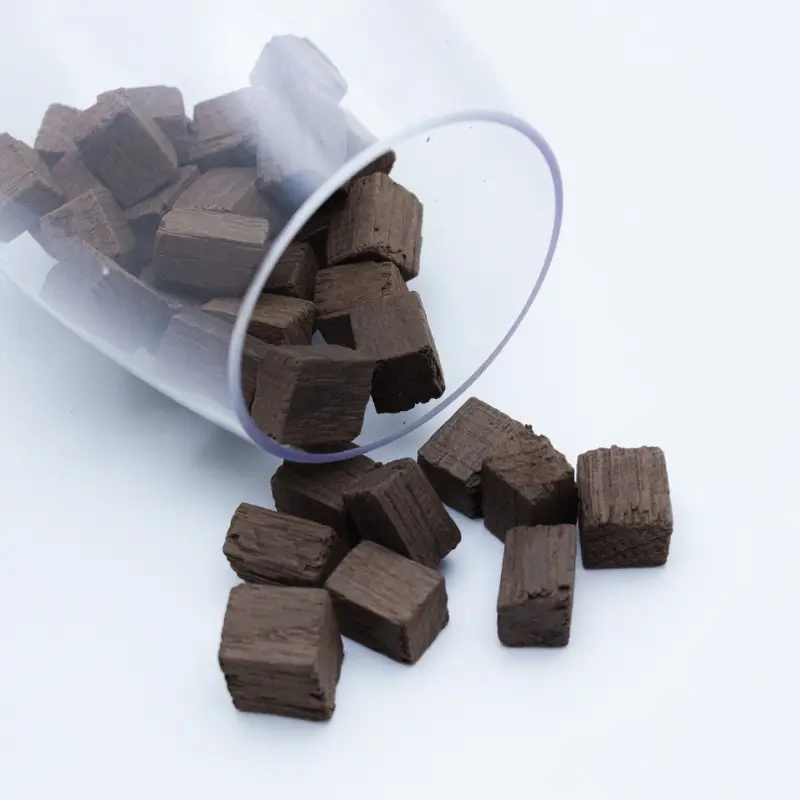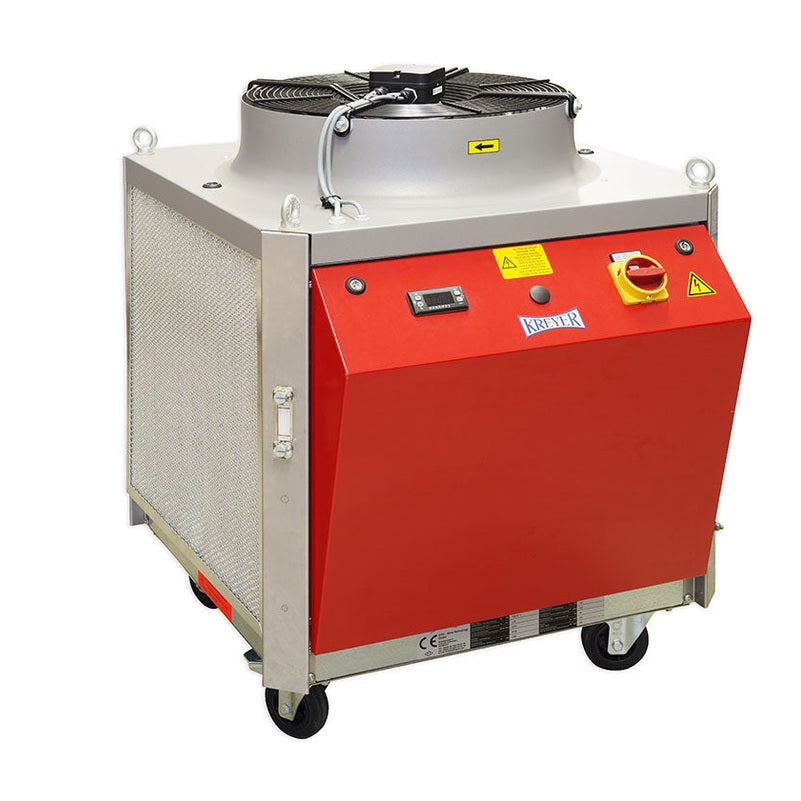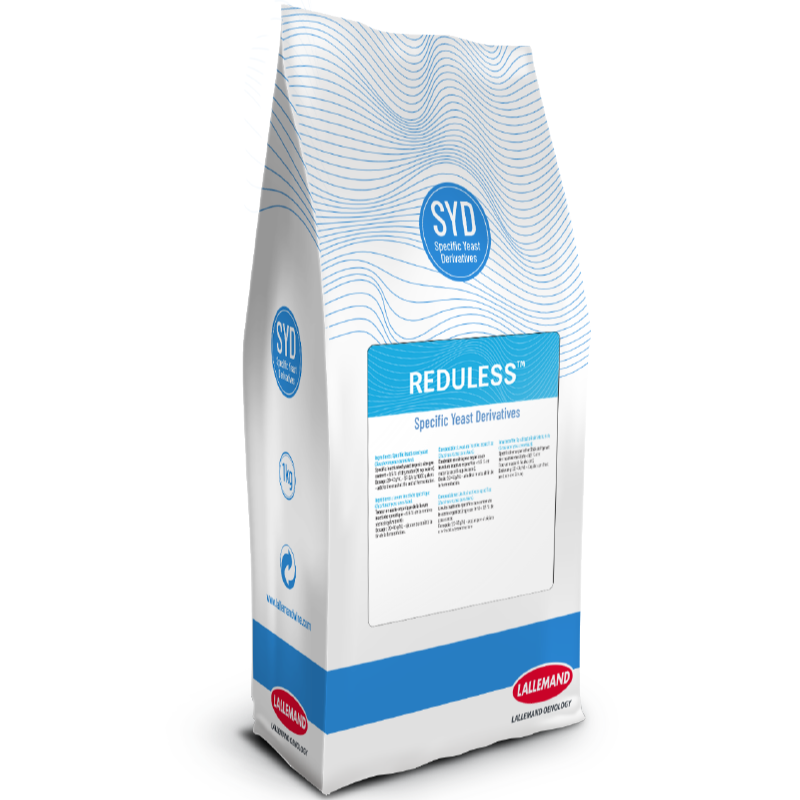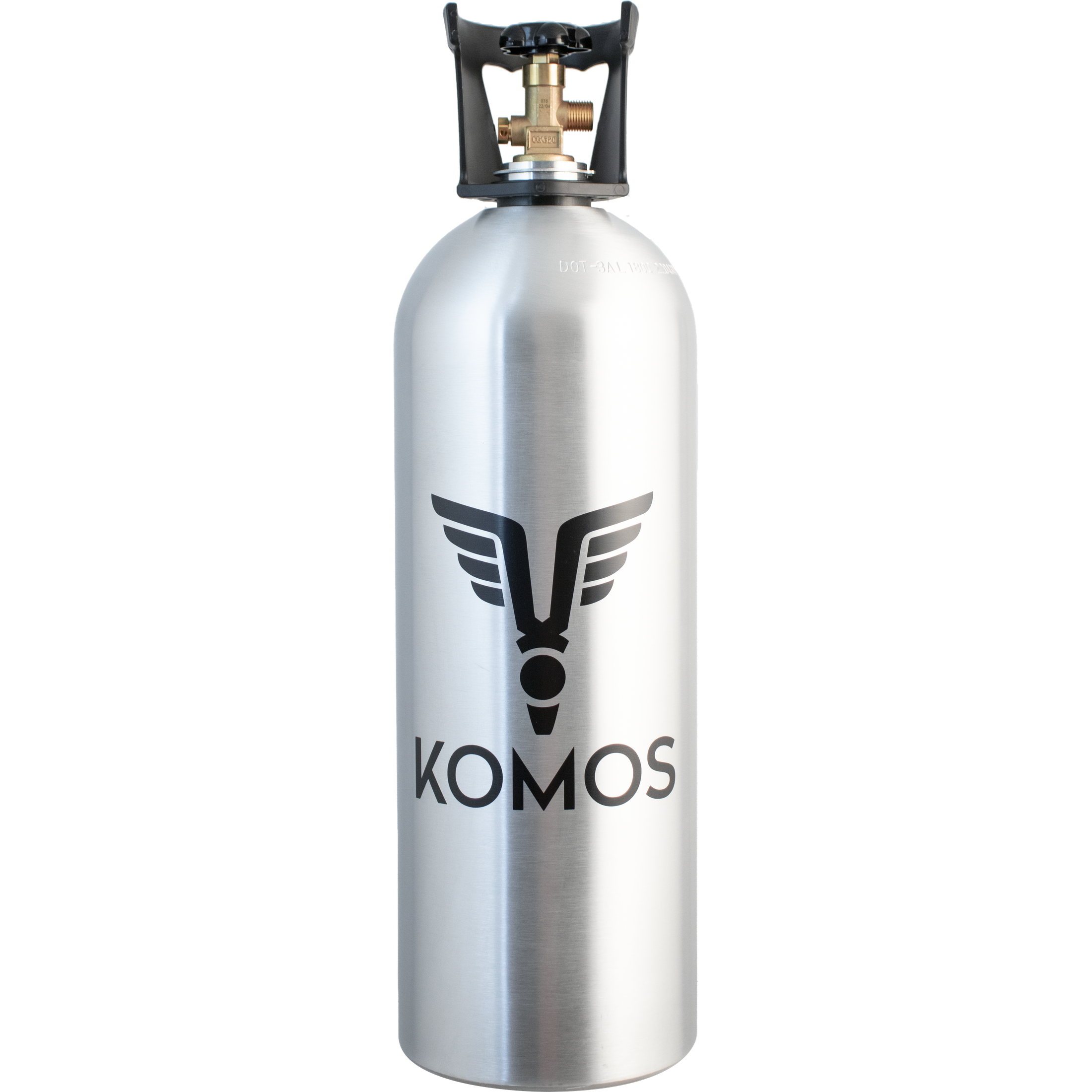

By Shea Comfort
• If you will only be doing cold stabilization, then this can be done during the ageing of the wine at any time. In cold climate areas, carboys and tanks are allowed to cool down during winter by being left in unheated garages or sheds. However you do it, the wine must be at least below 40F for 2-3 weeks. If you can achieve colder temps it may not take quite as long to stabilize.
Note: Air conditioned cellars are not cold enough to properly cold-stabilize a wine. You may see a little bit of tartrates being formed at cellar temperature during ageing, but more will be thrown when it finally gets cold enough.
• If you are doing both cold and heat stabilizations, then we would like to suggest the following order. Bentonite is more effective at room temp (65-70F). The benonite reactions are quick and once complete they settle better with cooler temps. So, whenever you feel that the wine is ready to start prepping for bottling, allow the wine to come up from cellar temp (50-55F) to 65-70F and treat in with bentonite/gelatin. Stir the wine the next day to encourage complete reactivity with the fining products. On the third day start to cool the wine and begin cold stabilization. The tartrates that will settle out during cold-stabilization will form a crust on top of the bentonite finings and along with the gelatine/silica gel will help to compact the fluffy bentonite lees - thus minimizing wine loss.




